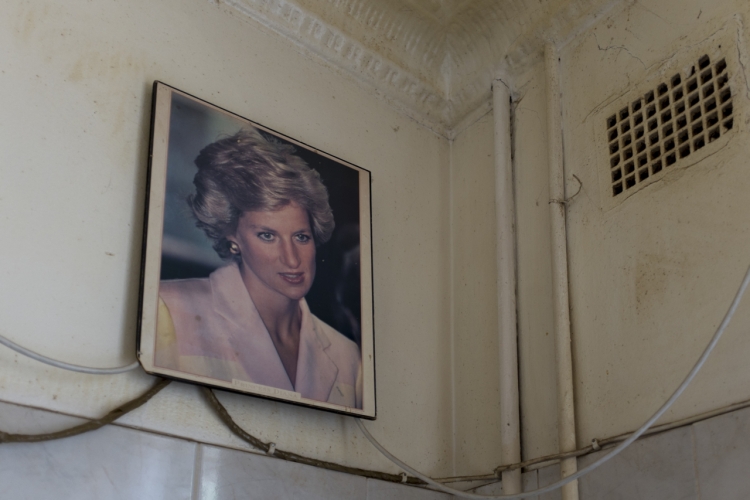In 2014 I was fortunate enough to travel throughout South Africa with two fellow photographers. We set out to feel the pulse of South Africa twenty years since the birth of democracy and to try and understand how South Africans deal with their daily lives. We walked away with more questions than answers. We also realised that there is a big difference between the official South Africa and the real South Africa.
The following extract from Antjie Krog’s poem, Country of Grief and Grace (2000), sums up some of the questions I was and still am confronted with:
what does one do with the old
which already robustly stinks with the new
the old virus slyly manning the newly installed valves
how does one recognise the old
with its racism and slime
its unchanging possessive pronoun
what is the past tense of the word hate
what is the symptom of brutalised blood
of pain that did not want to become language
of pain that could not become language
what does one do with the old
how do you become yourself among others
how do you become whole
how do you get released into understanding
how do you make good
how do you cut clean
how close can the tongue tilt to tenderness
or the cheek to forgiveness?
a moment
a line which says: from this point onwards
it is going to sound differently
because all our words lie next to one another on the table now
shivering in the colour of human
we know each other well
each other’s scalp and smell each other’s blood
we know the deepest sound of each other’s kidneys in the night
we are slowly each other
anew
new
and here it starts
These questions sparked an interest in me to discover how fellow photographers relate to being South African. Over the next few weeks we will be looking at South African photographers that look at the essence of being South African. We will look at how they relate, respond, question and explore the subjects of this magnificently puzzled country.
Featured image by Sean Metelerkamp. Fietas. 2014.


